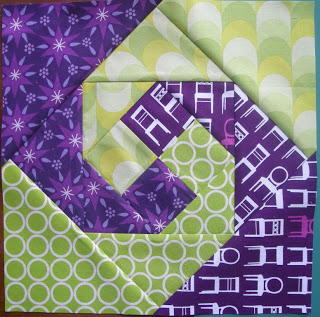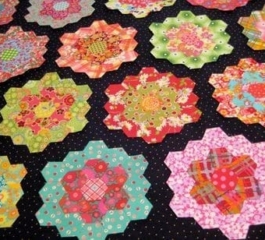Quilting is an art form that blends creativity with craftsmanship, and few quilt blocks exemplify this union better than the Snail Trail block. With its intricate curves and striking design, the Snail Trail block is a favorite among quilters looking to add a touch of elegance and complexity to their projects. In this article, we’ll delve into the history, construction, and tips for mastering this beautiful block.
The Snail Trail block, also known as the Monkey Wrench or Indiana Puzzle, dates back to the 19th century. Its swirling design, reminiscent of a snail’s shell, has made it a popular choice for generations of quilters.




